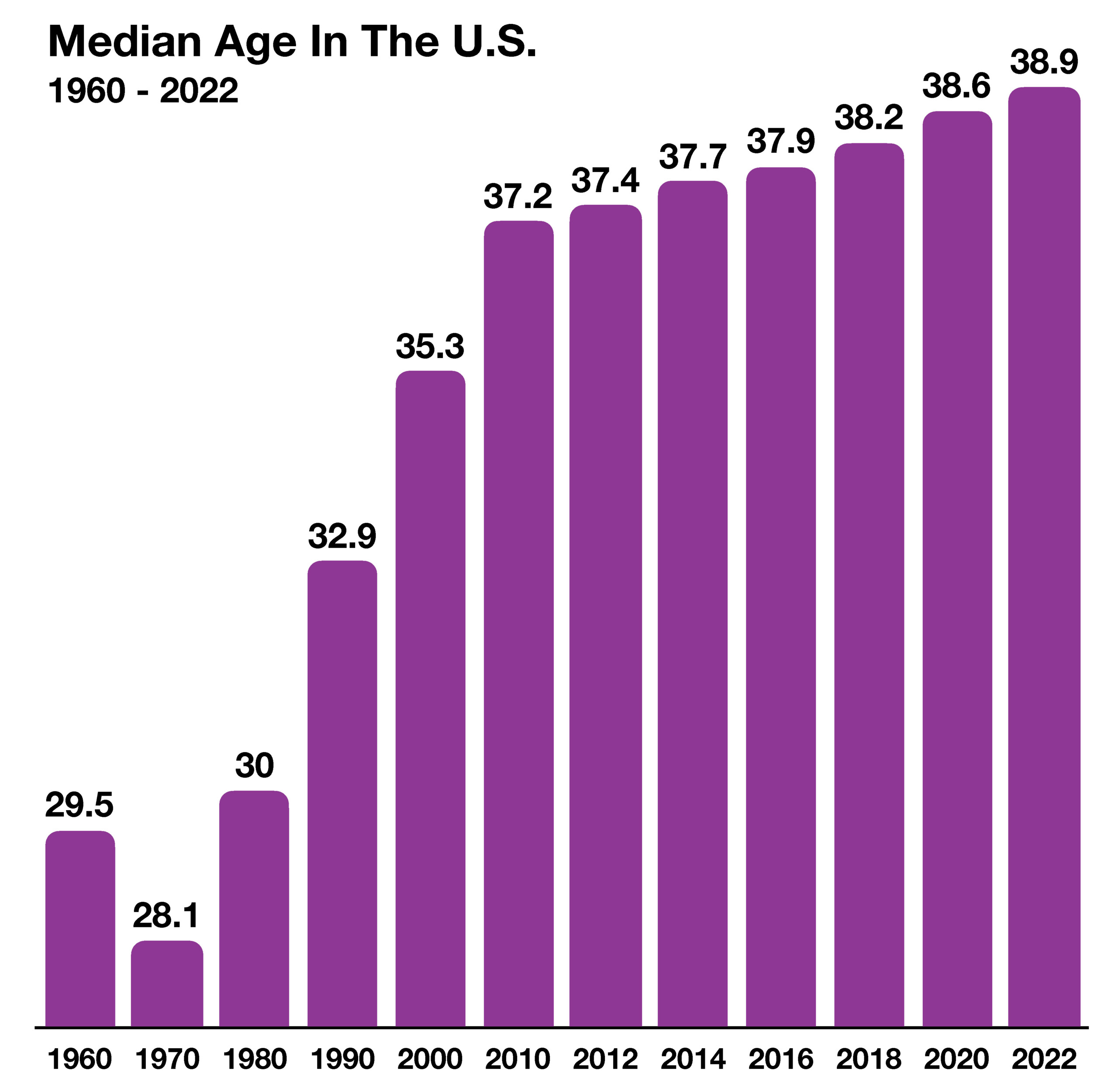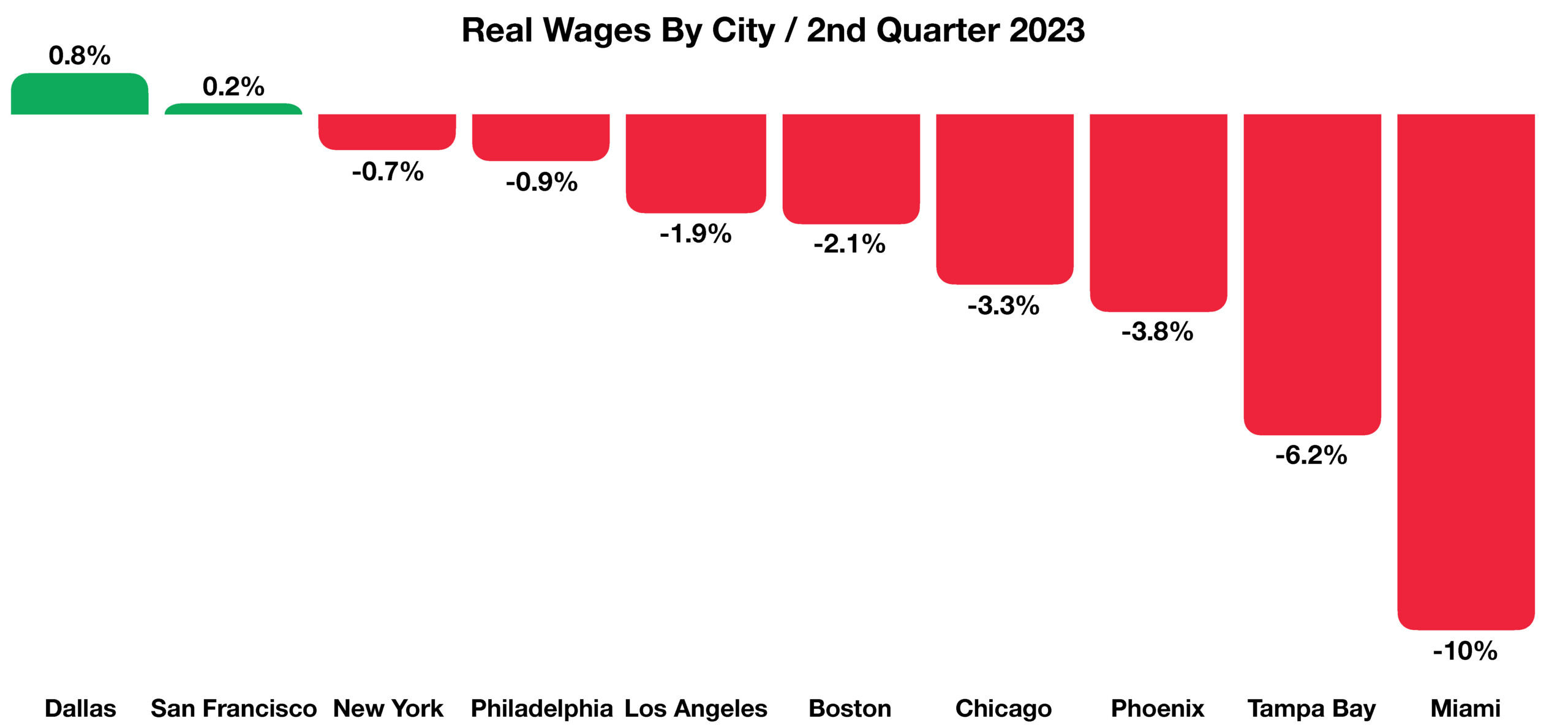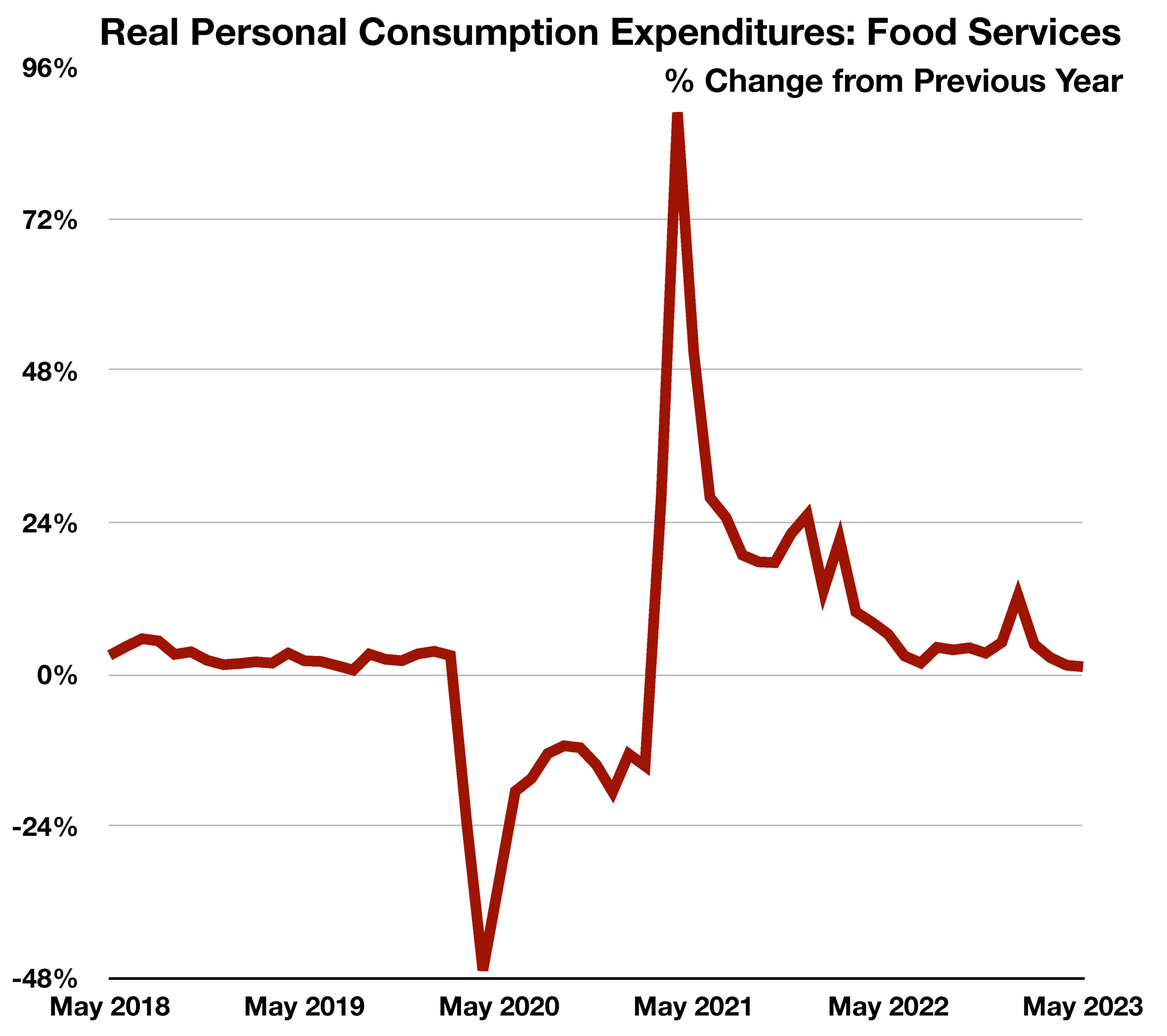
Stock Indices:
| Dow Jones | 42,270 |
| S&P 500 | 5,911 |
| Nasdaq | 19,113 |
Bond Sector Yields:
| 2 Yr Treasury | 3.89% |
| 10 Yr Treasury | 4.41% |
| 10 Yr Municipal | 3.31% |
| High Yield | 7.26% |
YTD Market Returns:
| Dow Jones | -0.64% |
| S&P 500 | 0.51% |
| Nasdaq | -1.02% |
| MSCI-EAFE | 17.30% |
| MSCI-Europe | 21.20% |
| MSCI-Pacific | 10.50% |
| MSCI-Emg Mkt | 8.90% |
| US Agg Bond | 2.45% |
| US Corp Bond | 2.26% |
| US Gov’t Bond | 2.44% |
Commodity Prices:
| Gold | 3,313 |
| Silver | 33.07 |
| Oil (WTI) | 60.79 |
Currencies:
| Dollar / Euro | 1.13 |
| Dollar / Pound | 1.34 |
| Yen / Dollar | 144.85 |
| Canadian /Dollar | 0.72 |
Macro Overview
Equity markets reacted to uncertainty in June as major indices saw an increase in volatility. Earnings are a critical focal point as companies struggle to maintain elevated prices while consumer confidence has begun to erode.
The Federal Reserve signaled that it is more concerned about combating inflation than about the negative consequences of continued rising rates on the economy.
A growing discussion among economists is whether the economy will experience a soft landing, meaning that the recent Fed interest rate increases will not evolve into a recession. Economists view a recessionary environment as a hard landing, negatively impacting job expansion and economic growth.
Every year, the Federal Reserve conducts a test to assess how large banks are likely to perform under hypothetical economic conditions. The results of the most recent Fed tests revealed that all major banking institutions passed this year’s stress test. The tests assumed a hypothetical 10% unemployment rate and a 40% drop in commercial real estate prices.
Yields on short-term bonds rose in June, as the Fed indicated that it intends to raise rates at least two more times this year. Longer-term bond yields remained lower than shorter-term bond yields, reflecting low confidence in future economic growth.
Inflation expectations among consumers continue to dissipate globally, including throughout European and Pacific Rim countries. The Federal Reserve Bank of Atlanta projects a decrease in GDP growth in the U.S. as domestic economic activity recedes.
The median age in the U.S. increased to a historic high in 2022, reaching 38.9 years. The average age has steadily risen over the past decades, primarily due to declining birth rates coupled with longer life spans over the past 20 years.
Sources: Federal Reserve Bank of the United States, Federal Reserve Bank of Atlanta, U.S. Census Bureau, U.S. Treasury, U.S. Labor Department


 Spending on food services is exhibiting a sharp decline, reaching 26-month lows as the surge in demand brought about by the end of COVID-19 lockdowns has subsided. The peaks of 2021 spending growth, which reached as high as 88% year-over-year increases, have now mellowed to just 1% annual growth. This has led to many restaurants halting hiring, with job openings in food services falling 16% from last year.
Spending on food services is exhibiting a sharp decline, reaching 26-month lows as the surge in demand brought about by the end of COVID-19 lockdowns has subsided. The peaks of 2021 spending growth, which reached as high as 88% year-over-year increases, have now mellowed to just 1% annual growth. This has led to many restaurants halting hiring, with job openings in food services falling 16% from last year.